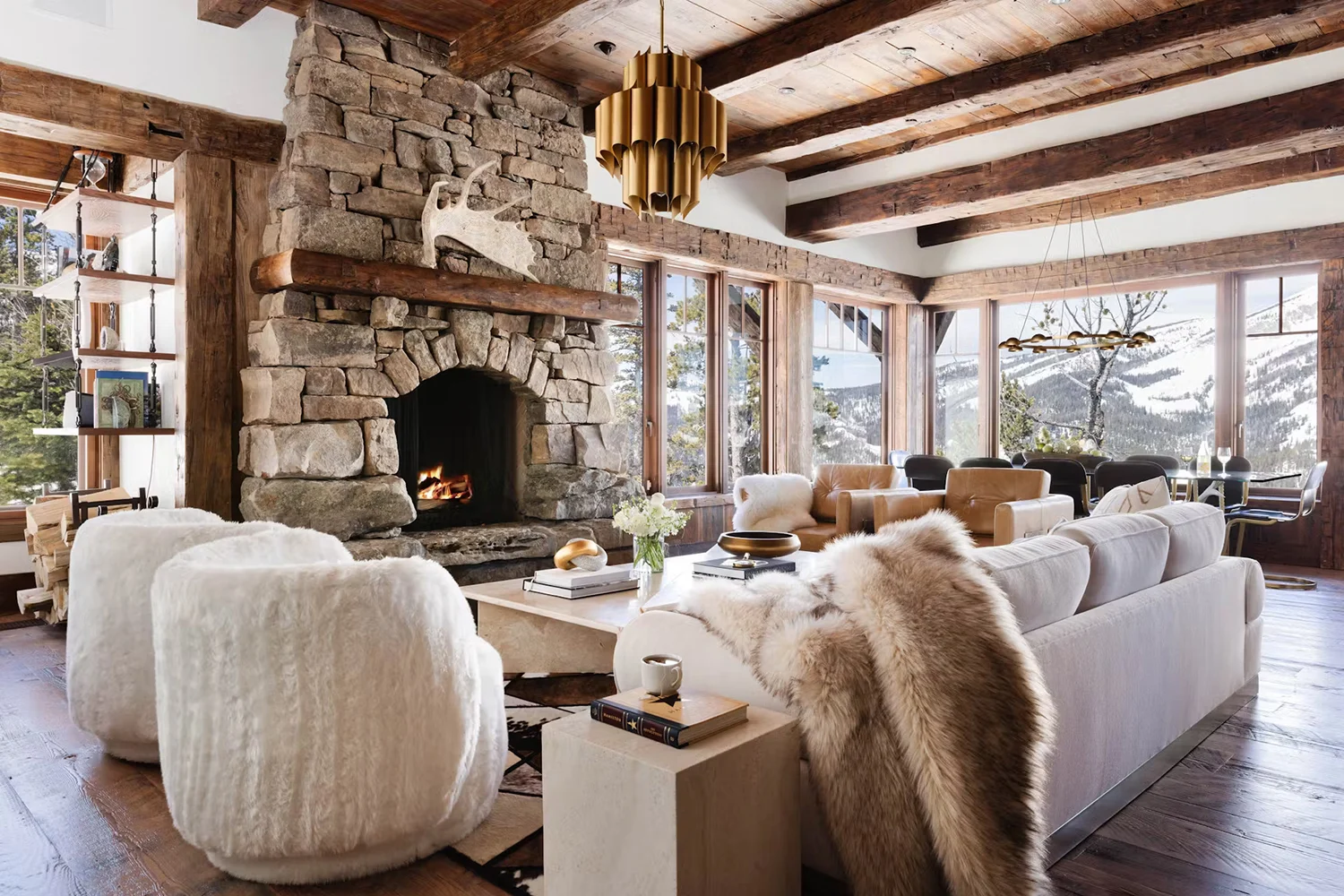Rustic style has stood the test of time as one of the most beloved interior design trends. Rooted in natural materials and timeless charm, it brings warmth, authenticity, and character into any space. While it’s often associated with countryside homes, the rustic aesthetic has evolved and now blends beautifully with modern settings. In this article, you’ll discover how to effectively apply rustic style in contemporary environments without losing functionality or elegance.
What Defines Rustic Style?
At its core, rustic style is all about simplicity and a deep connection to nature. It embraces natural materials, handcrafted details, and organic textures. Elements are typically unrefined, giving a sense of history and lived-in comfort. Key characteristics include:
- Reclaimed wood and natural stone
- Earthy color palettes
- Textured fabrics like linen, burlap, and cotton
- A mix of vintage or handmade furniture
- Exposed beams and raw finishes
This grounded, nature-inspired style is known for making spaces feel cozy and authentic—qualities many modern interiors lack.
Why Rustic Works in Modern Spaces
Modern design often leans toward clean lines, neutral tones, and sleek surfaces. Introducing rustic elements into these settings creates visual interest and contrast. The warmth of aged wood and organic textures softens the coolness of metal, glass, or concrete. Plus, rustic style is flexible—it can be subtly incorporated or fully embraced depending on your taste.
The result is a harmonious fusion: the inviting nature of rustic meets the minimalism and practicality of modern interiors.
Start with Natural Materials
To incorporate rustic style in a modern home, begin with the materials. Reclaimed wood is a staple—it can be used for flooring, accent walls, furniture, or ceiling beams. If real wood isn’t an option, high-quality wood-look alternatives can also work.
Other great materials include:
- Natural stone: Perfect for fireplaces, kitchen backsplashes, or bathroom walls.
- Wrought iron or aged metal: Excellent for light fixtures, furniture legs, or hardware.
- Clay or terracotta: Ideal for pottery, tiles, and small decorative pieces.
Layering these materials helps build an organic, warm atmosphere even in the most streamlined settings.
Keep the Color Palette Earthy and Soft
Rustic style thrives on earthy, neutral colors that reflect nature. Think:
- Warm browns
- Soft greys
- Ivory and cream
- Forest green
- Rust and terracotta
In a modern space, use these colors to create an inviting foundation. A white or beige backdrop, for example, allows rustic textures and accents to stand out without overwhelming the room.
Choose Furniture with Soul
Modern furniture often favors clean lines and sleek finishes, while rustic furniture tells a story through its imperfections. Look for:
- Solid wood tables with visible grain or knots
- Weathered finishes or distressed paint
- Handmade pieces with a raw, artisanal look
- Vintage or repurposed furniture
You can blend the two styles by pairing a reclaimed wood dining table with minimalist metal chairs or placing a rustic wooden bench at the end of a contemporary bed.
Mix Textures for Depth and Comfort
A successful rustic-modern fusion involves playing with textures. Balance sleek surfaces like glass or marble with rougher elements such as:
- Chunky woven throws
- Leather or linen upholstery
- Cowhide rugs
- Knitted or jute poufs
Textiles add depth and softness, especially in modern rooms that might otherwise feel cold or too minimal.
Accentuate with Rustic Accessories
Small touches can go a long way. Add character and warmth with rustic-inspired accessories, such as:
- Woven baskets
- Vintage clocks
- Wooden trays or bowls
- Handmade ceramics
- Antique mirrors
- Wall art with nature themes or wood frames
Avoid clutter, though—modern spaces benefit from breathing room. A few well-placed rustic accents can make a stronger impact than a room full of items.
Create a Focal Point
Every well-designed space needs a focal point. In a rustic-modern room, this could be:
- A reclaimed wood wall
- A statement fireplace
- An oversized farmhouse-style dining table
- A large rustic chandelier
- A sliding barn door
These elements draw the eye and establish the room’s character, acting as the anchor for other modern pieces.
Lighting: Marry Form and Function
Rustic lighting fixtures are often made of wood, metal, or wrought iron and have a vintage or handmade look. Pair them with modern LED technology or minimalist track lighting for efficiency and balance.
Great options include:
- Pendant lights with metal shades
- Lantern-style chandeliers
- Exposed bulb fixtures
- Table lamps with wooden bases
Use warm, soft light to enhance the cozy atmosphere.
Don’t Overdo It: Keep It Balanced
One of the most common mistakes when mixing rustic and modern is going too far in either direction. Too much rustic can feel outdated or heavy; too much modern can feel sterile. Strive for balance by:
- Limiting the number of rustic textures in a small space
- Using modern elements as a base, and rustic pieces as highlights
- Maintaining clean lines and open spaces
Think of rustic style as a spice—when used correctly, it transforms the dish, but too much can overpower it.
Bringing It All Together
Rustic style is more than a visual choice—it’s a way to bring warmth, nature, and authenticity into modern life. Whether you’re decorating a small apartment, a contemporary home, or even a commercial space, rustic elements can make it feel grounded and inviting.
Start with the basics: choose natural materials, stay within an earthy color palette, and layer textures with care. Select furniture and accents that feel lived-in and meaningful, and always aim for balance. With thoughtful choices, your space can reflect the best of both worlds—raw, natural beauty and modern sophistication.
